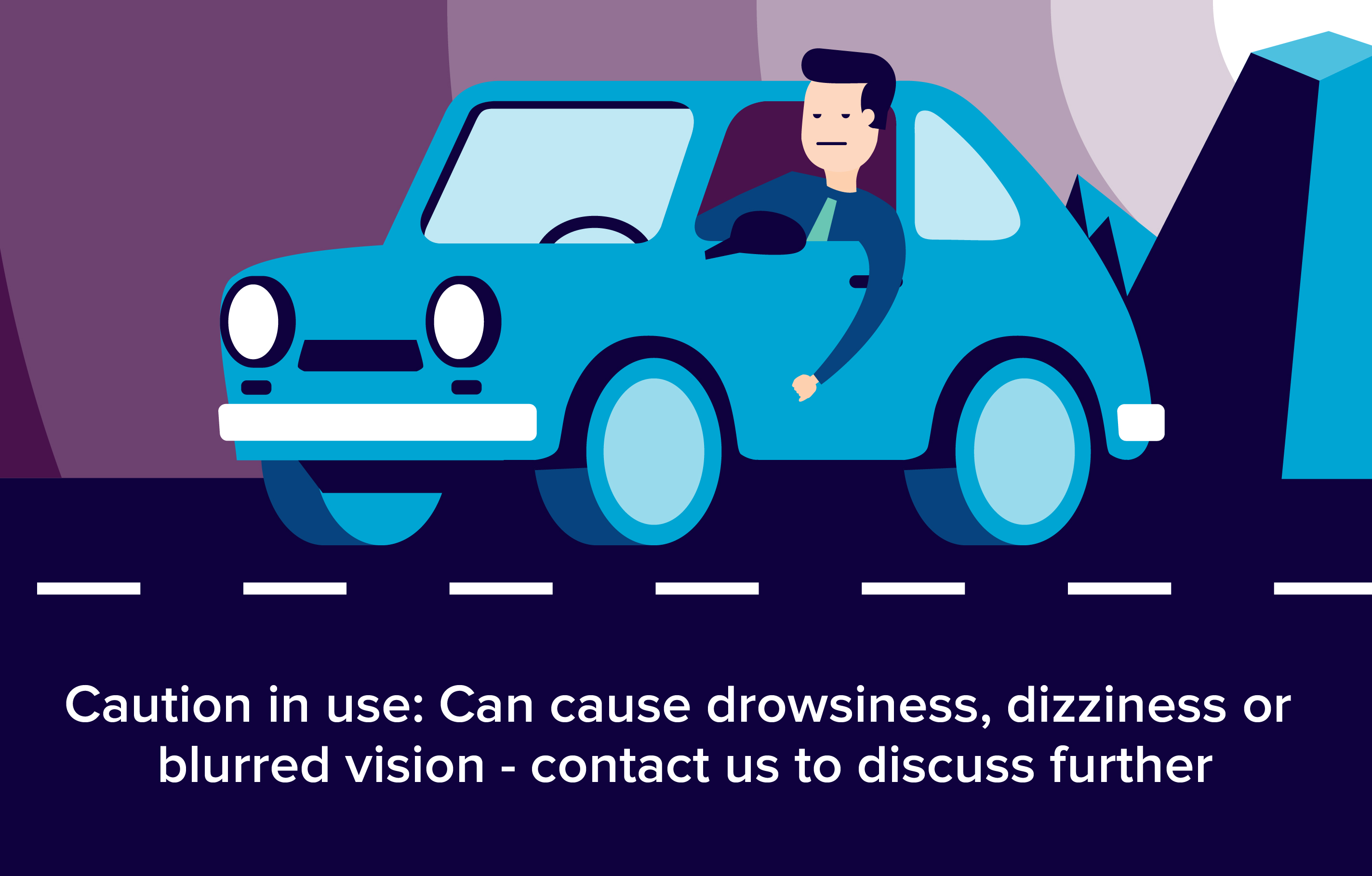Humulin M3 cartridges, Humulin M3 vials and Humulin M3 KwikPen pre-filled pens all contain biphasic isophane insulin. They are used to treat diabetes.

What is it used for?
- Diabetes.
How does it work?
- Humulin M3 cartridges, Humulin M3 vials and Humulin M3 KwikPen pre-filled pens all contain biphasic isophane insulin. They are used to treat diabetes.
- People with diabetes have a deficiency or absence of a hormone manufactured by the pancreas called insulin. Insulin is the main hormone responsible for the control of sugar (glucose) in the blood.
- People with type 1 diabetes need to have injections of insulin to control the amount of glucose in their bloodstream. Insulin injections act as a replacement for natural insulin and allow people with diabetes to achieve normal blood glucose levels.
The insulin works in the same way as natural insulin, by binding to insulin receptors on cells in the body. Insulin causes cells in the liver, muscle and fat tissue to increase their uptake of glucose form the bloodstream.
Humulin M3 contains a mix of two types of insulin, soluble insulin and isophane insulin. Together, this combination of insulin is called biphasic isophane insulin. Humulin M3 contains 30% soluble insulin and 70% isophane insulin.
Soluble insulin is known as a short-acting insulin. It starts to works quickly, within 30 to 60 minutes, and its effects last for about eight hours. Isophane insulin is known as an intermediate-acting insulin. It takes longer to act, but its effects last longer. The pre-mixed combination provides a rapid initial blood glucose lowering effect, followed by a prolonged effect that controls blood glucose throughout the day. It is usually injected under the skin approximately 30 minutes before a meal.
It is important to monitor your blood glucose regularly and adjust your insulin dose as required. Your doctor or diabetic team will explain how to do this. Keeping your blood glucose level as close to normal as possible, and not too high or too low, significantly reduces the risk of developing late-stage diabetic complications.
How do I use it?
- Your doctor or diabetes specialist will teach you how to administer your insulin injections correctly. Make sure you understand what to do and ask questions if you don't.
- Humulin M3 injections are usually given under the skin of the upper arms, thighs, buttocks, or abdomen. You should take care to make sure that the injection does not enter a blood vessel. The injection may start to start to work at different speeds depending on the site you use and various other factors, such as if you have been doing exercise. In general, injections into the abdomen start to work quicker than those given in other areas. You shouldn't massage the injection area after administering an injection.
- Each time you inject your insulin make sure you use a different site. This helps to prevent the skin thickening and pitting, which can occur if the injection is repeatedly given in the same site.
- You should measure your blood sugar levels every day when using insulin injections. The dose you need to inject each time will depend on your blood sugar levels, what you are going to eat and if you have been doing or will be doing exercise. Control of blood sugar is an individual process and your diabetes specialist will help you to understand what is required.
- Your insulin requirements may increase when you are ill, especially if you have an infection or fever. Your insulin dose may also need adjusting during periods of emotional disturbance, or if you increase your physical activity or change your usual diet. Insulin requirements may be reduced if you have impaired kidney or liver function. Discuss this with your doctor or diabetes nurse to make sure you optimise control of your blood sugar.
Warning!
- This medicine must not be injected into a vein (intravenously).
- Low blood sugar (hypoglycaemia) is a potential side effect of insulin therapy. Your diabetes team should give you instructions on how to avoid it. Symptoms of hypoglycaemia usually occur suddenly and may include cold sweats, cool pale skin, tremor, anxious feeling, unusual tiredness or weakness, confusion, difficulty in concentration, excessive hunger, temporary vision changes, headache, nausea and palpitations. You should make sure you know what to do if you experience these symptoms - ask your doctor or diabetes nurse for advice if you are unsure about anything.
- Your ability to concentrate or react may be reduced if you have low blood sugar, and this can cause problems driving or operating machinery. You should take precautions to avoid low blood sugar when driving - discuss this with your doctor.
- You should only change your insulin on your doctor's advice. If you do transfer to a different insulin, eg different type (short, intermediate or long acting), different species (human or animal), different brand, or different strength of insulin, your doctor may need to alter your dose, and your warning symptoms of low blood sugar may be slightly different.
- People with diabetes who are on insulin should only drink alcohol in moderation and accompanied by food. This is because alcohol can make your warning signs of low blood sugar less clear, and can cause delayed low blood sugar, even several hours after drinking.
- People with diabetes who smoke normally need more insulin, as smoking reduces the amount of insulin that is absorbed into the blood from an injection under the skin. If you give up smoking, you may subsequently need a reduction in your insulin dose. Discuss this with your doctor. (If you are diabetic giving up smoking is one of the most important things you can do, because it will vastly reduce your risk of complications like heart disease and circulatory problems.)
Not to be used in
- Low blood sugar levels (hypoglycaemia).
- This medicine should not be used if you are allergic to any of its ingredients. Please inform your doctor or pharmacist if you have previously experienced such an allergy.
If you feel you have experienced an allergic reaction, stop using this medicine and inform your doctor or pharmacist immediately.
Pregnancy and breastfeeding
Certain medicines should not be used during pregnancy or breastfeeding. However, other medicines may be safely used in pregnancy or breastfeeding providing the benefits to the mother outweigh the risks to the unborn baby. Always inform your doctor if you are pregnant or planning a pregnancy, before using any medicine.
- Insulin does not cross the placenta and provides no risk to the developing baby. Blood sugar levels need to be maintained as stable as possible during pregnancy, and you should consult your diabetic specialist to discuss how to achieve this. Your insulin requirements are likely to decrease in the first trimester and subsequently increase in the second and third trimesters. Discuss this with your doctor.
- There is no risk to nursing infants from insulin taken by the mother. However, your insulin dose may need to be decreased during breastfeeding. Discuss this with your doctor.
Side effects
Medicines and their possible side effects can affect individual people in different ways. The following are some of the side effects that are known to be associated with this medicine. Just because a side effect is stated here, it does not mean that all people using this medicine will experience that or any side effect.
Very common (affect more than 1 in 10 people)
- Low blood glucose level (hypoglycaemia).
Common (affect between 1 in 10 and 1 in 100 people)
- Redness, swelling or itching at the injection site.
Uncommon (affect between 1 in 100 and 1 in 1000 people)
- Skin thickening or pitting (lipodystrophy) if injection given too frequently into the same site.
Very rare (affect less than 1 in 10,000 people)
Allergic reaction (hypersensitivity), such as skin rash or itching, hives, chest tightness, shortness of breath or severe allergic reactions such as anaphylaxis.
The side effects listed above may not include all of the side effects reported by the medicine's manufacturer.
For more information about any other possible risks associated with this medicine, please read the information provided with the medicine or consult your doctor or pharmacist.
How can this medicine affect other medicines?
Insulin itself doesn't affect other medicines. However, it is important to be aware that many medicines can affect blood glucose levels and can therefore change your insulin requirements. For this reason, people with diabetes should always seek advice from their doctor or pharmacist before taking any new medicines or stopping existing ones.
The following medicines may decrease blood sugar levels. If you start treatment with any of these your insulin dose may therefore need decreasing:
- ACE inhibitors, eg captopril (these can sometimes cause unpredictable drops in blood sugar)
- anabolic steroids, eg testosterone, nandrolone, stanozolol
- antidiabetic medicines taken by mouth
- disopyramide
- fibrates, eg gemfibrozil
- fluoxetine
- MAOI antidepressants, eg phenelzine
- octreotide
- large doses of salicylates, eg aspirin (small pain relieving doses do not normally have this effect).
- Beta-blockers, eg propranolol (including eye drops containing beta-blockers) can mask some of the signs of low blood sugar, such as increased heart rate and tremor. They also prolong episodes of low blood sugar and impair recovery back to normal glucose levels.
The following medicines may increase blood glucose levels. If you start treatment with any of these your insulin dose may therefore need increasing:
- some antipsychotic medicines, eg chlorpromazine, olanzapine
- corticosteroids, eg hydrocortisone, prednisolone
- danazol
- diuretics, especially thiazide diuretics, eg bendroflumethiazide
- isoniazid
- lithium
- protease inhibitors, eg ritonavir
- somatropin (human growth hormone).
Oestrogens and progestogens, such as those contained in oral contraceptives, may affect blood sugar levels, and women taking these may need small adjustments up or down in their insulin dose.
How do I store Humulin M3?
- Pre-filled pens: Unused pre-filled pens should be stored in a refrigerator at 2-8°C. Do not freeze. Keep the pen in the outer carton to protect from light. Once in use, the pens should be kept out of the fridge, below 30°C. They can be used for up to 28 days. The pen cap must be put back on the pen after each injection in order to protect from light. The pens should not be stored with the needle attached and should not be kept in the fridge once in use.
- Cartridges: Before use, cartridges should be stored in a refrigerator at 2-8°C. Do not freeze. Keep the cartridges in the outer carton to protect from light. Once in use, the pen with the inserted cartridge should be kept out of the fridge, below 30°C. It can be used for up to 28 days. The pen cap must be put back on the pen after each injection in order to protect from light. The pen should not be stored with the needle attached.
- Vials: Before use, vials should be stored in a refrigerator at 2-8°C. Do not freeze. Keep the vial in the outer carton in order to protect from light. Once in use, the vial should be kept out of the fridge, below 30°C. It can be used for up to 28 days. Again, keep it in the outer carton to protect it from light.
Make sure all medicines are kept out of the reach of children and avoid exposing them to excessive heat or direct sunlight.
References:
http://pi.lilly.com/us/HUMULIN-N-KWIKPEN-IFU.pdf
https://www.medicines.org.uk/emc/medicine/23663
http://www.hpra.ie/img/uploaded/swedocuments/2133961.PA0047_088_001.6a9a2cdb-a8f7-4fa4-90b3-45dfb0e4d5ce.000001PA0047.088.001.130930.pdf
http://www.humulin.com
https://provider.ghc.org/open/caringForOurMembers/patientHealthEducation/conditionsDiseases/diabetes/humulin_kwikpen.pdf
https://www.drugs.com/uk/humulin-i-kwikpen-isophane-100-iu-ml-suspension-for-injection-leaflet.html



